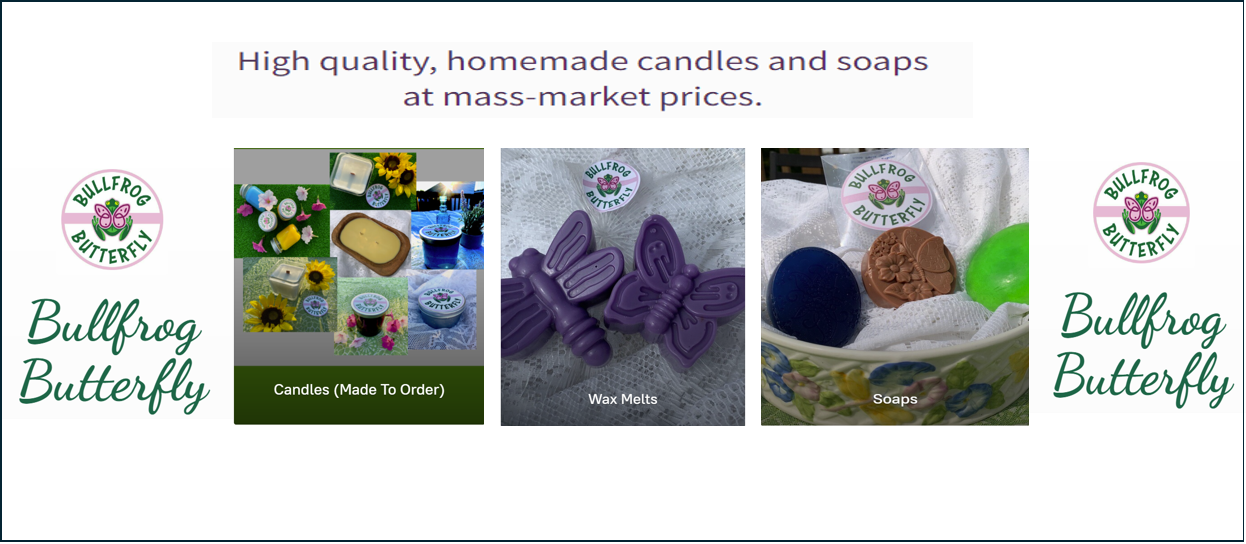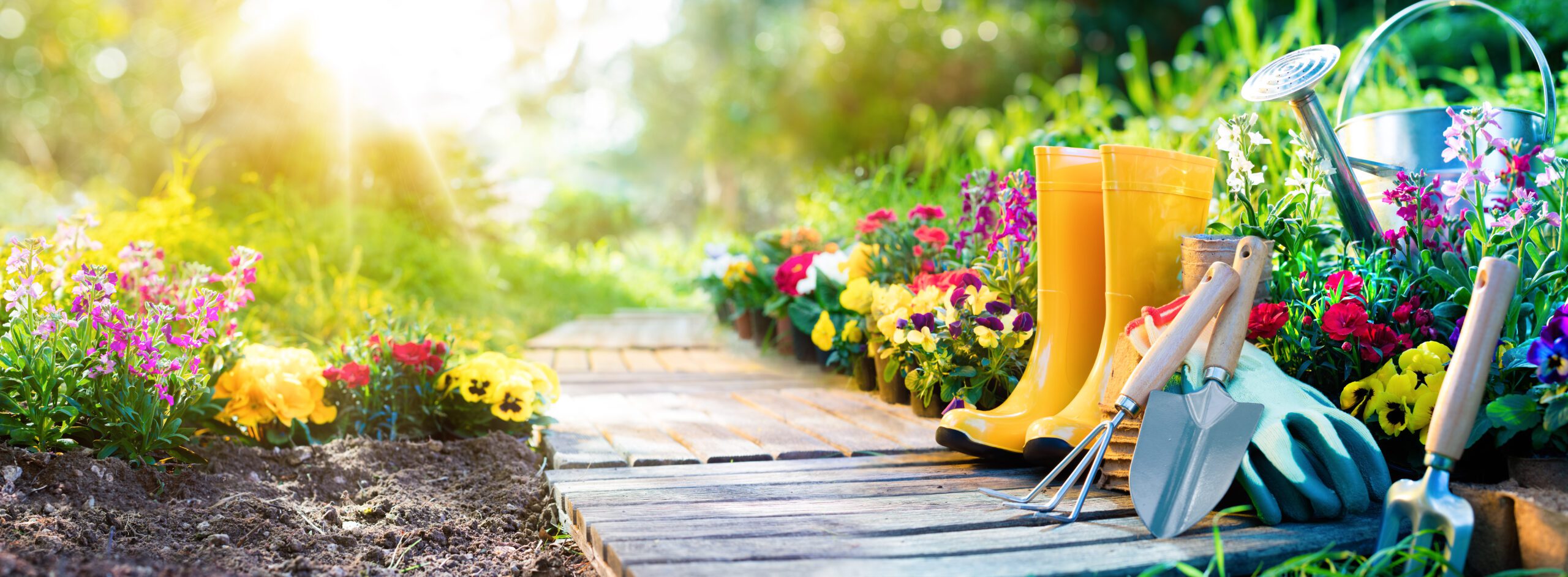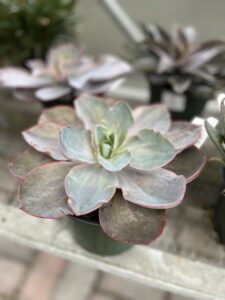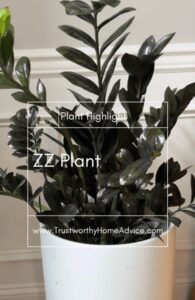Ah, the spring planting season, with sunshine and warm temperatures, you might just be tempted to rush to the local nursey and pick up some colorful annual flowers for your home and get them planted right away. I have been guilty of this myself. Don’t do it!

Early Spring Frost
Maybe there are daffodils and spring bulbs that are emerging from the garden outside your window. I speak from experience that nearly every year, here on the East Coast, there may be a frost after new buds emerge. The tender plants appear stunted at best, even if they survive at all.
Check the Hardiness Zones in Your Area
Check the (gardening) plant Hardiness zones in your area, plant too early and you risk losing your investments. The old advice was to wait till Mother’s Day. That may no longer be true, so do your due diligence of where and when it’s OK to plant.
Preparations to do now
Before you go too far there are things that you can do now to help satisfy your urge to plant. Daydream about your garden plans, draw a diagram if you like. Are your garden tools clean, rust free, sharpened and ready to go? Do you need new gloves and other essentials.
Buy them now and add soil amendments to your shopping list. More on that later. I purchase favorite seed packages that I may not find later as the season nears. Things like nasturtiums, cosmos zinnias, for example are things I start from seed once the ground warms and the soil is not too soggy from the winter thaw.
Study the light, soil and water requirements for your favorite choices. Knowledge is power. How much sunshine and water needs affect where you place them around your home for best results.
Soil
The soil you use can be the most important consideration when planning and preparing a spring and summer garden. So much so that a forthcoming post on the subject may be in order. Just know that compost and nutrient rich organic matter is essential. There are choices at the garden center which are specific to containers, raised beds or your inground garden.
In advance of the season, clean your containers thoroughly. Do not reuse soil from last year as Its nutrients have all been used up for the life of the previous plantings. Your soil may need amendments to keep it loose, fertile and at its best. Rutgers extension services provide soil tests if that is your concern.
In your flower beds do not yet remove the leaves and mulch that has blanketed your perennials keeping them safe. Once again wait till it’s consistently warm and in the fifties during the day and frost danger has passed. The plants and pollinators are counting on you to protect them.
Annuals vs Perennials
Annuals are plants that bloom for a long time during the growing season and have to be replaced each year. Perennials are those that come back each year and bloom for just a short while. The best way for continual color is to create a garden with a mixture of both annuals and perennials.
Containers vs Ground Plantings
Anyone can grow lush colorful flowers whether they are in a pot on your porch, on a balcony, or in your garden beds. Proper preparation is key. Your plantings and the necessary pollinators will thank you for a little bit of advanced preparation until its warmer. A beautiful pot of annuals at your front door adds long lasting color and welcomes visitors to your home.
Happy Planting!
Here’s a few other gardening posts you may be interested in: How to Identify and Treat Plant Pests and Succulents 101: How To Care For Cacti
Bonnie
(Contributing Content Writer for Trustworthyhomeadvice.com)




